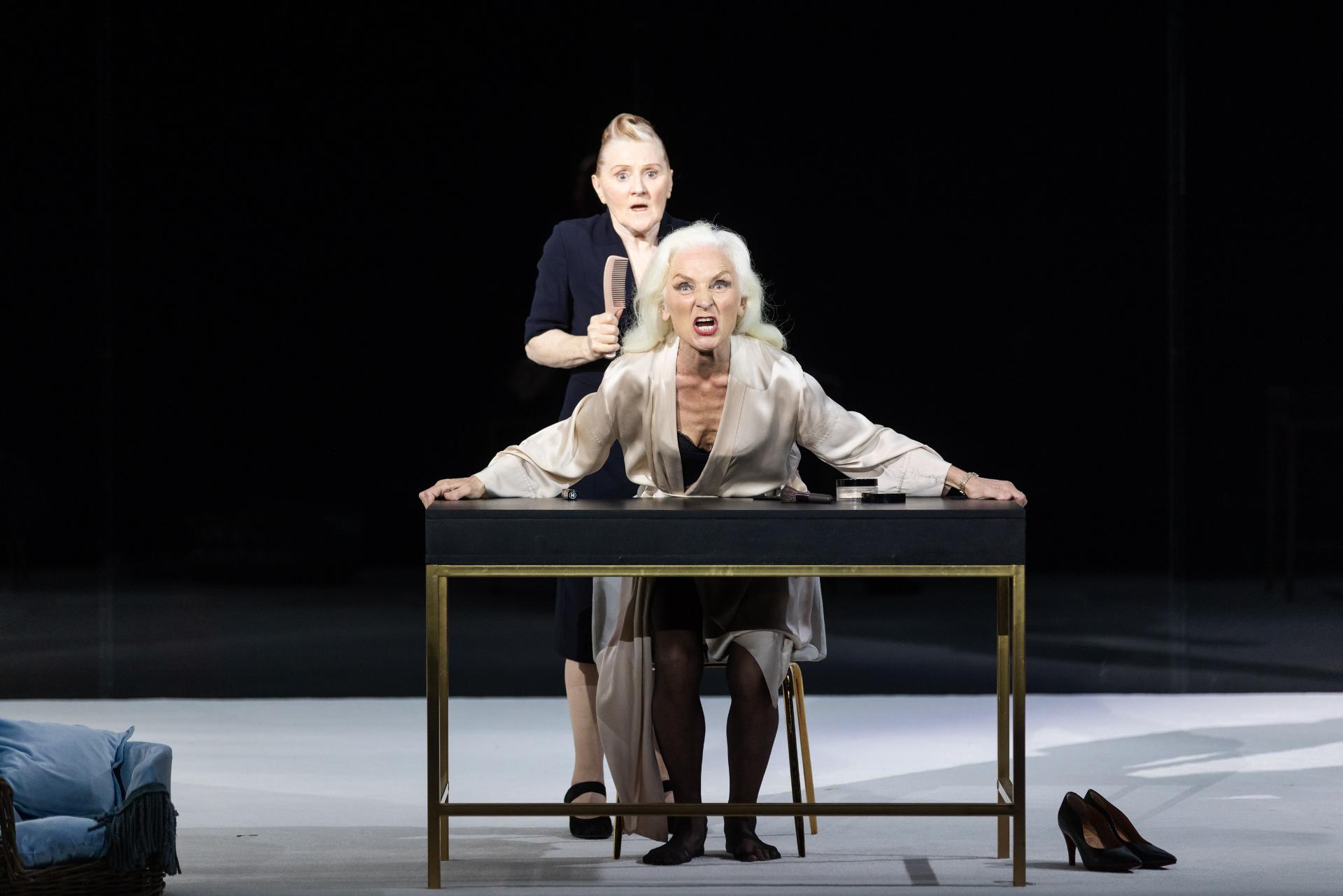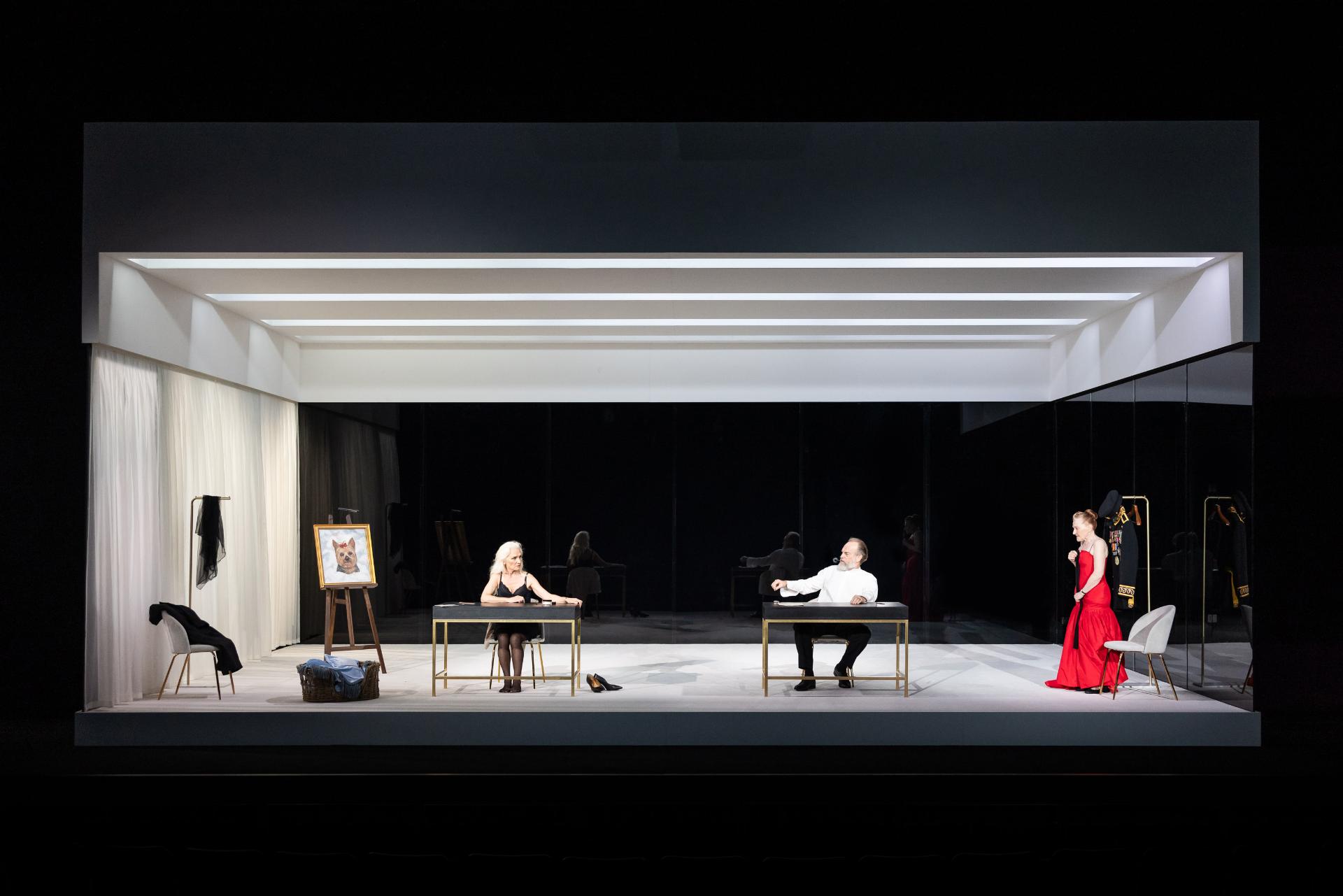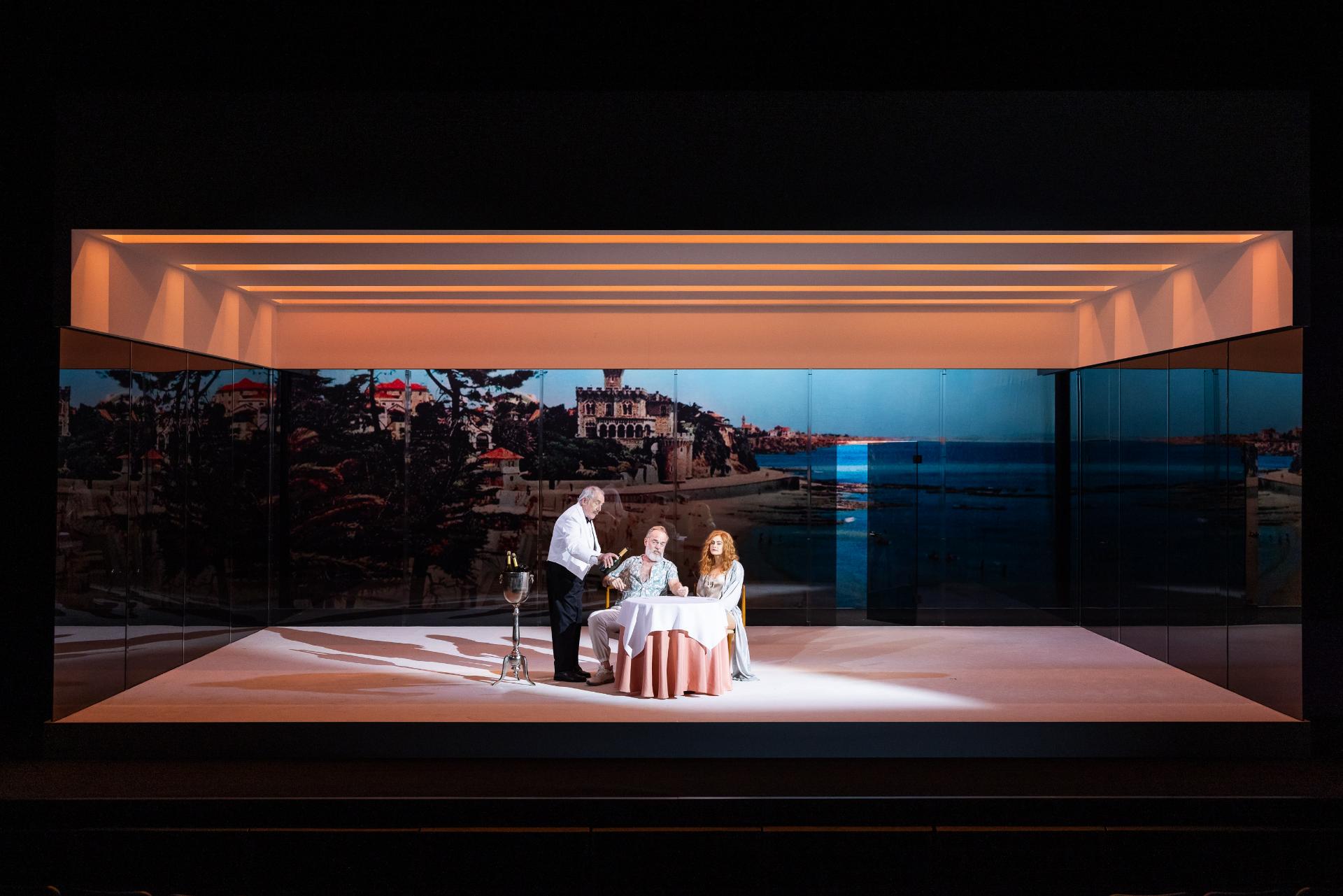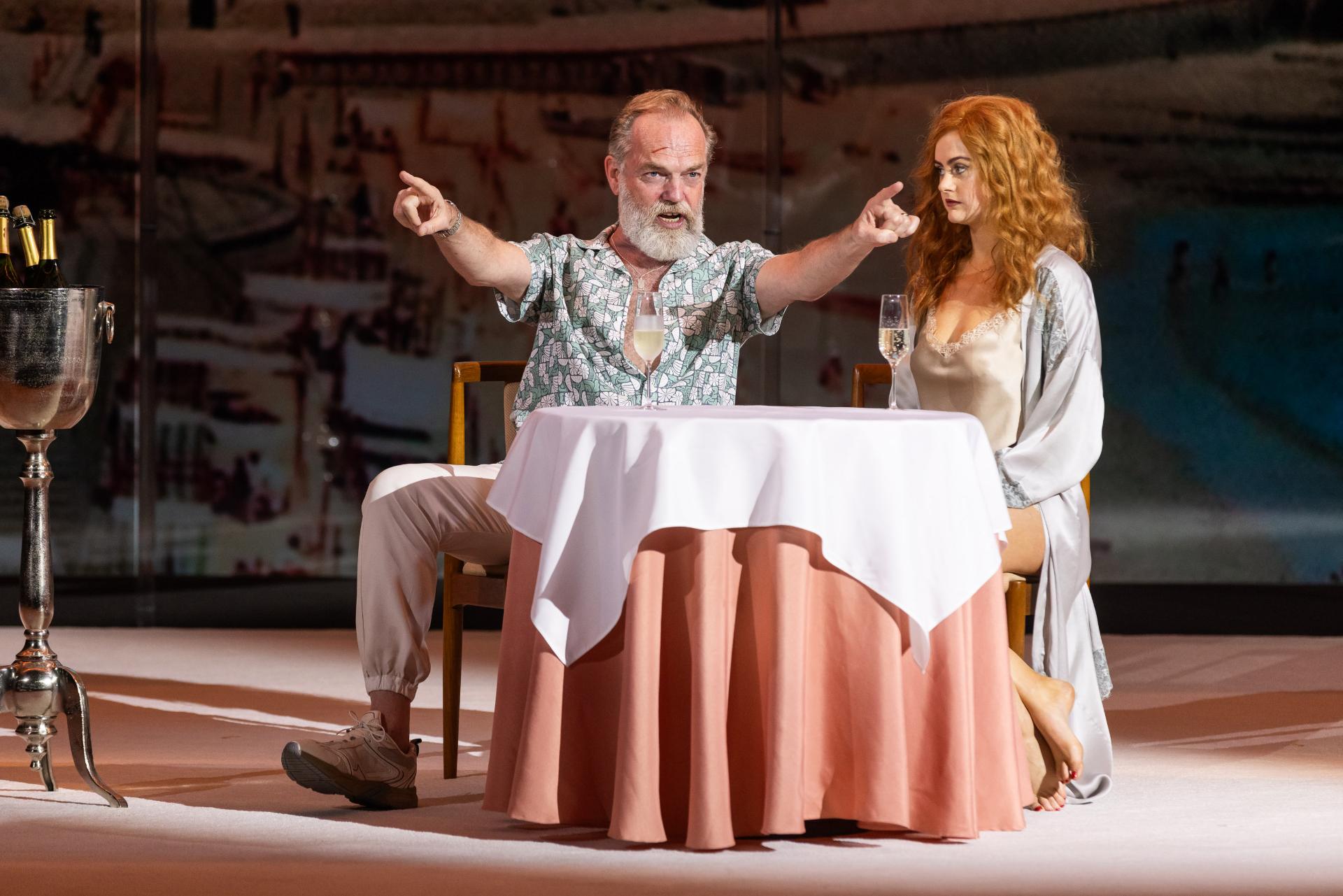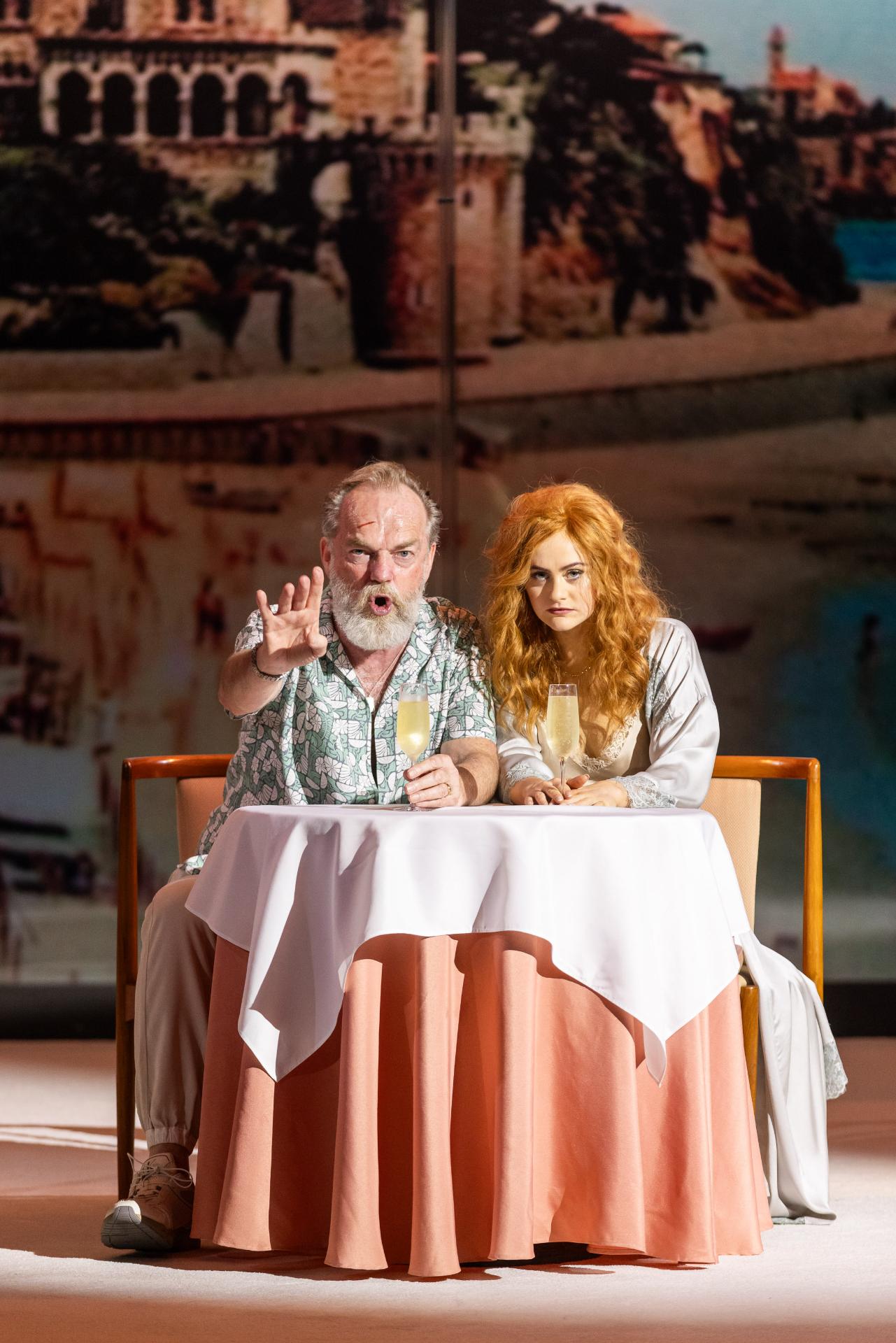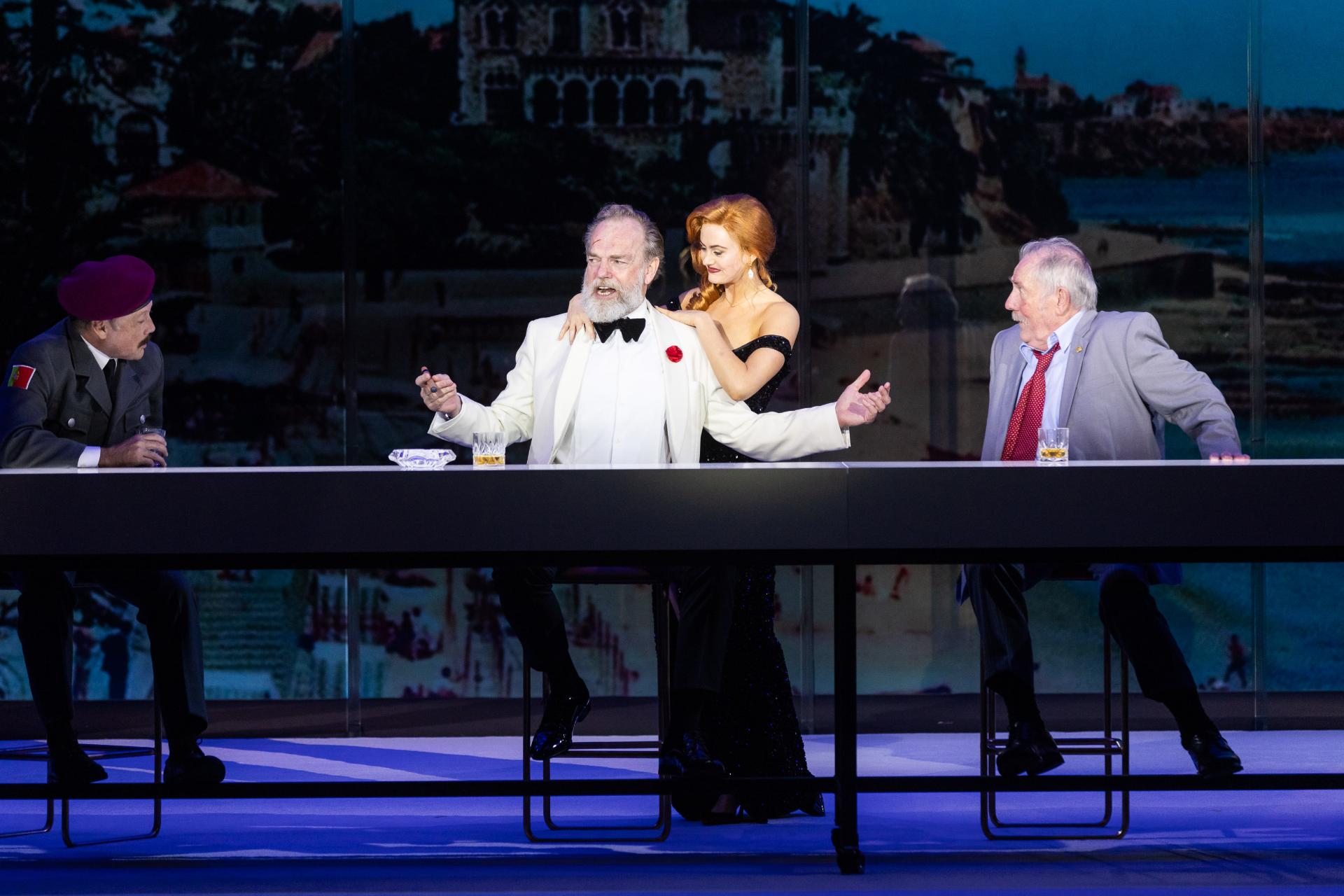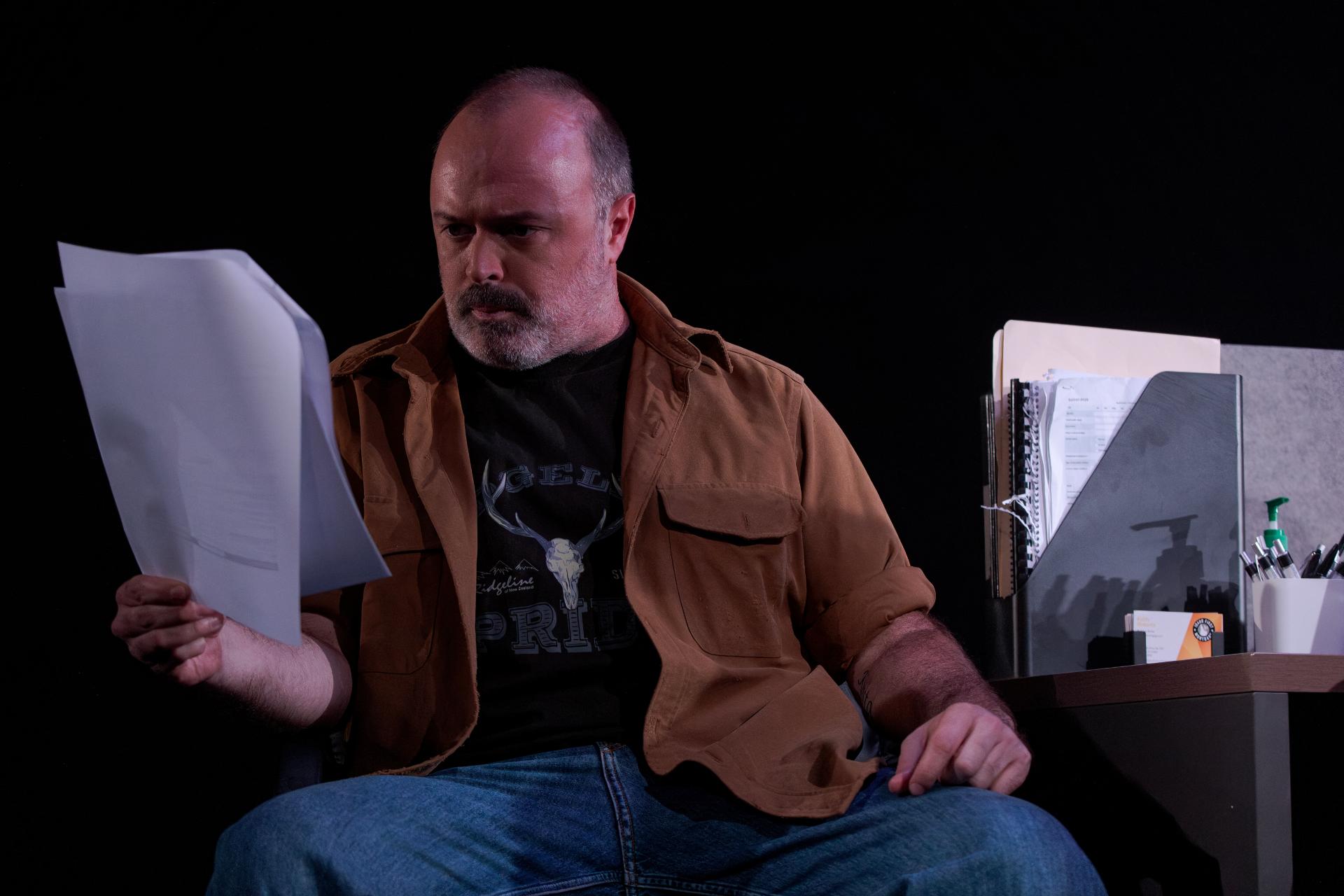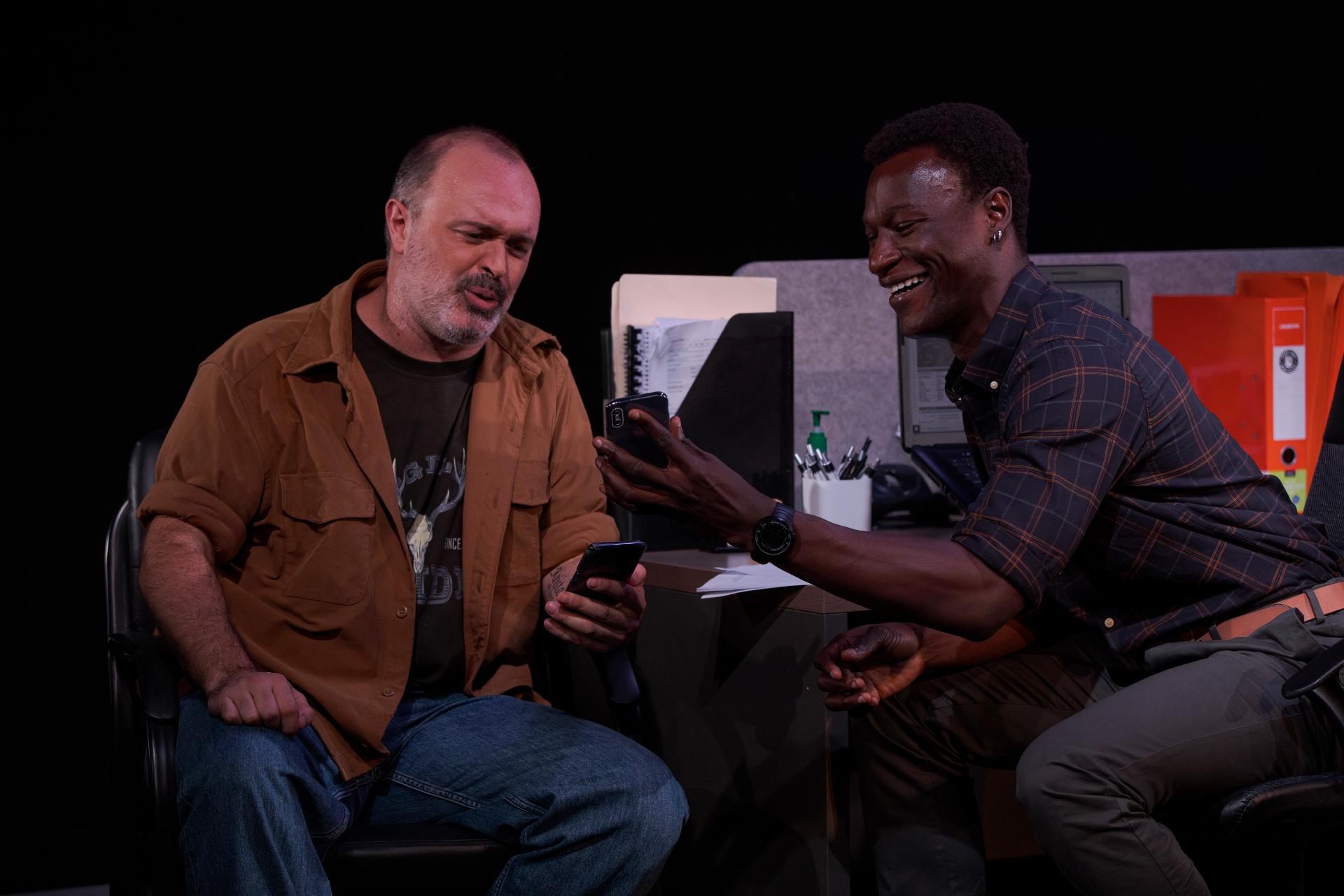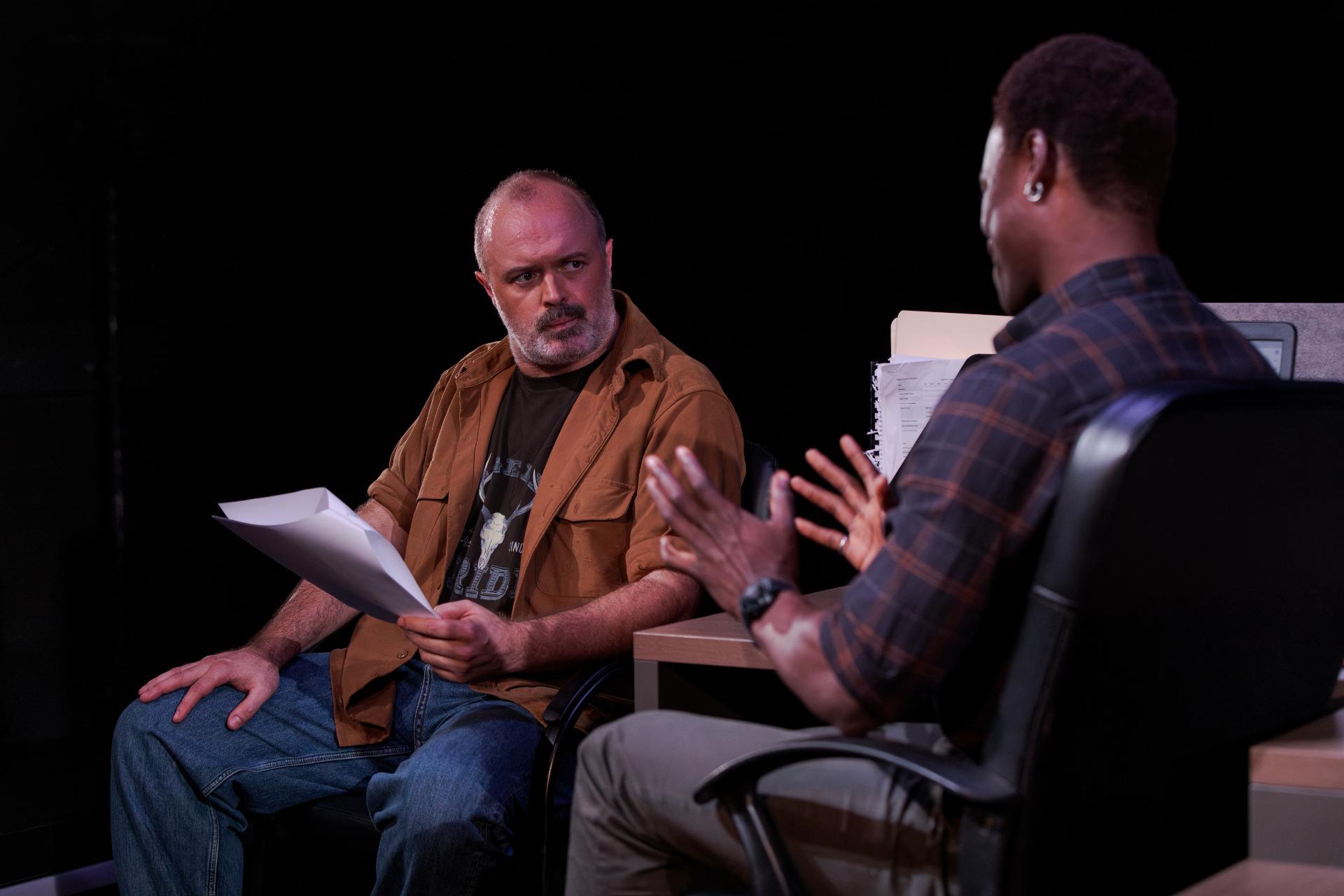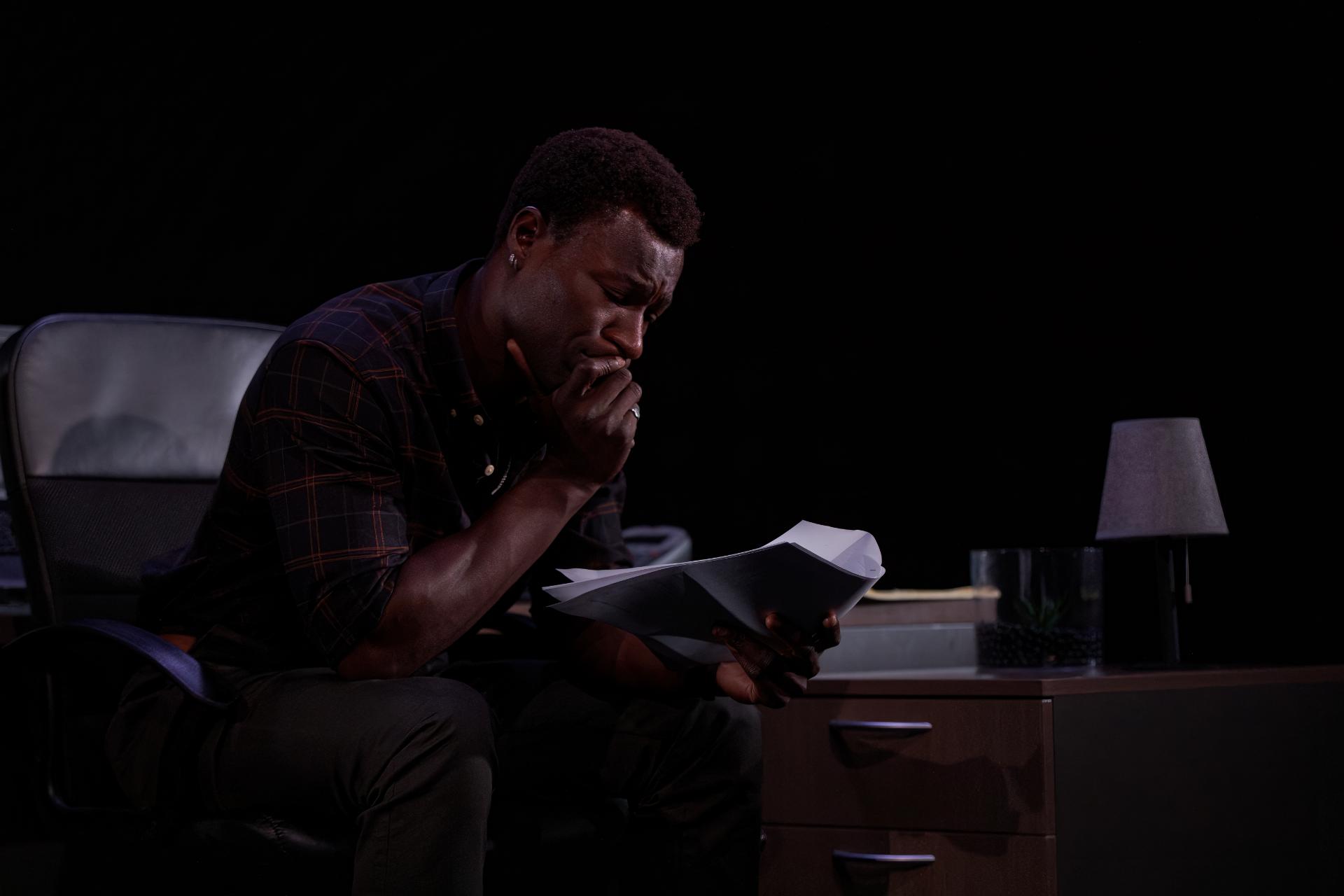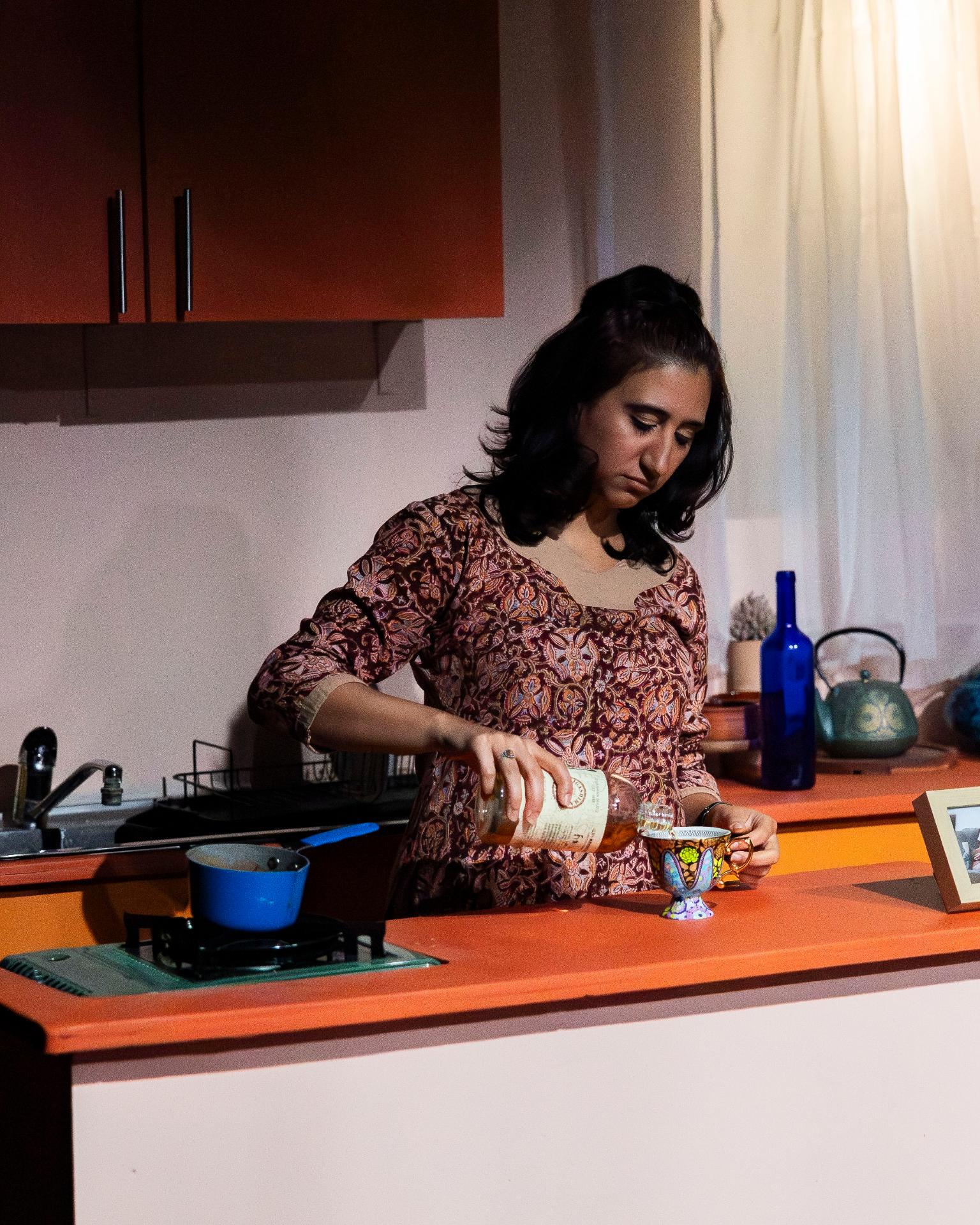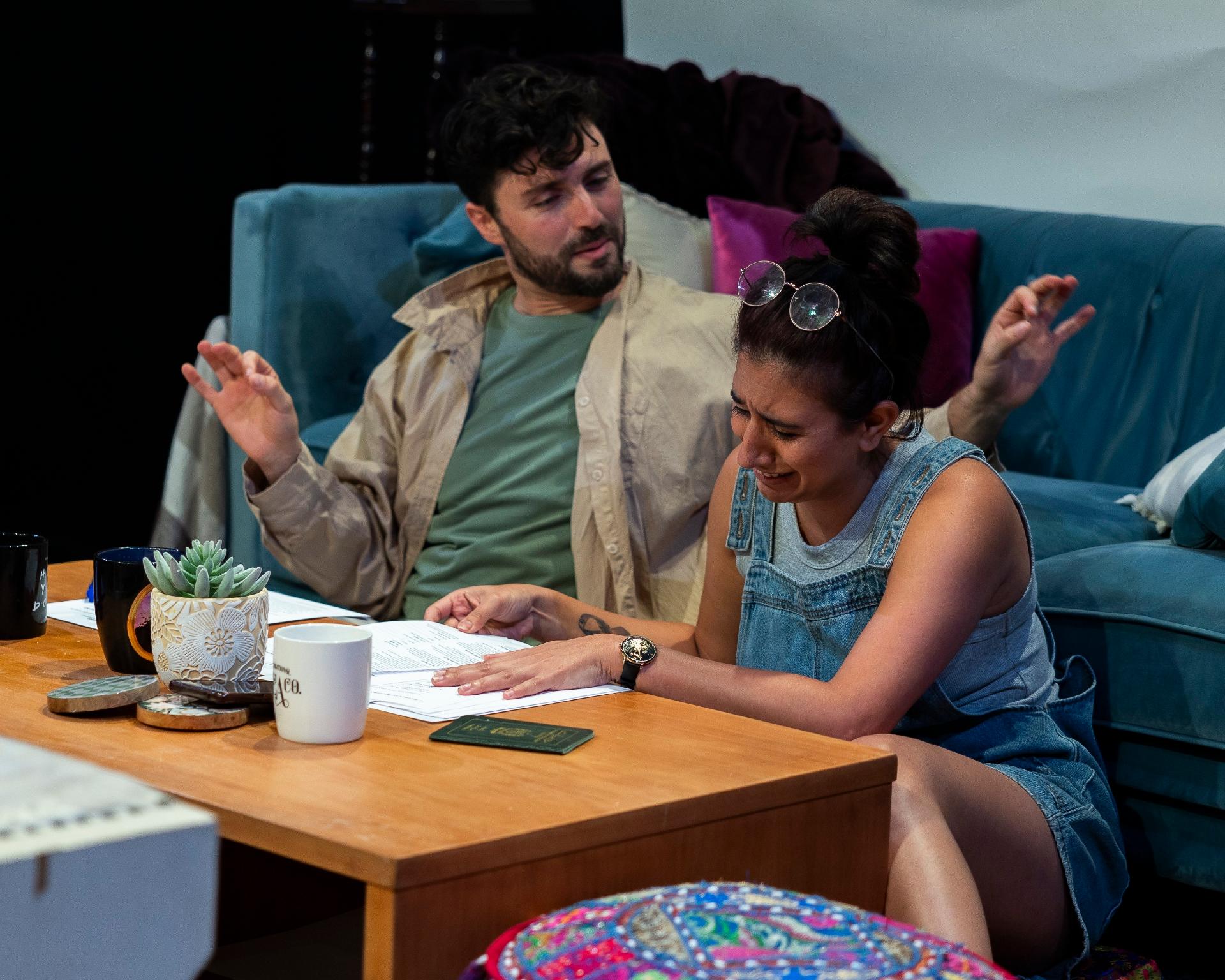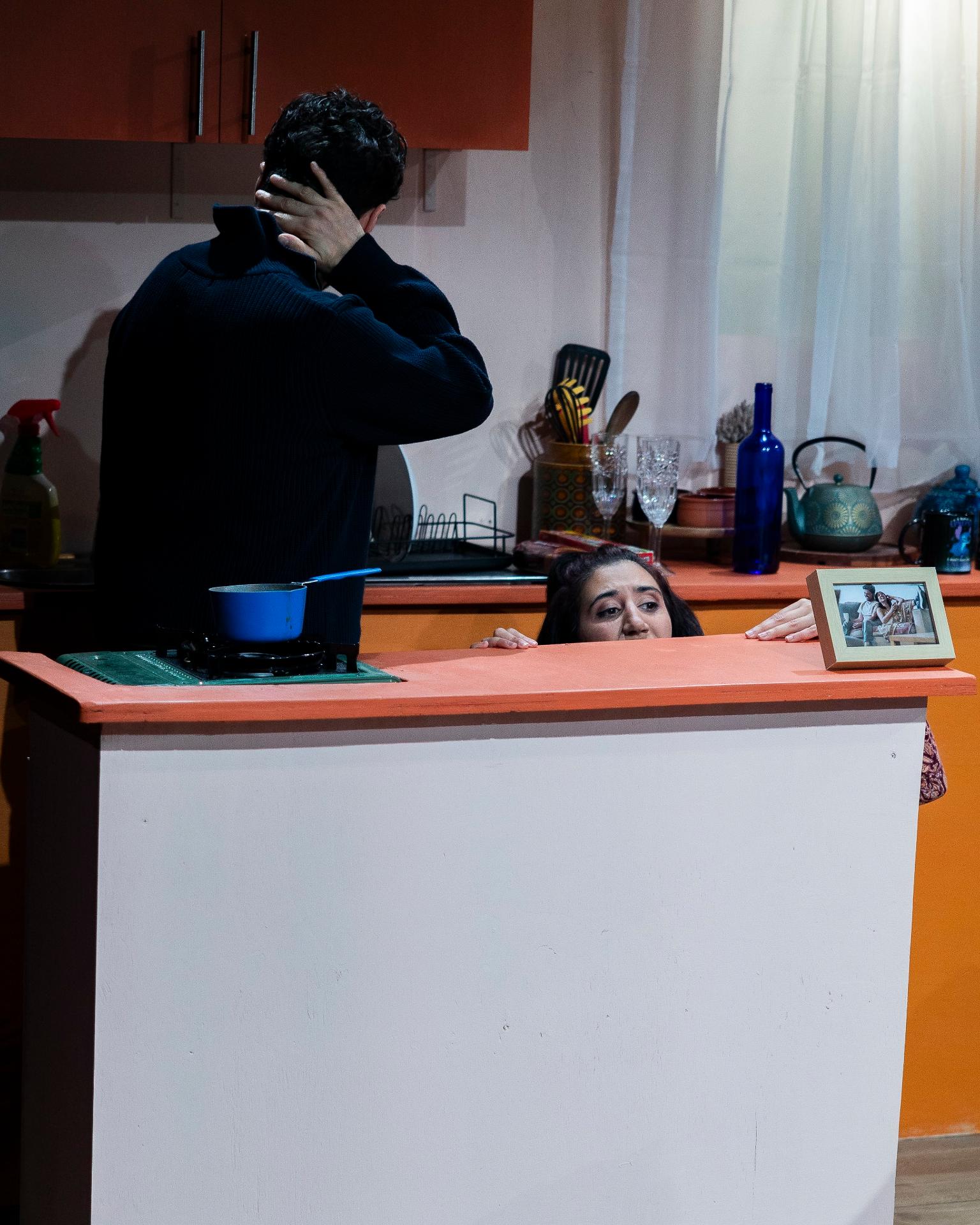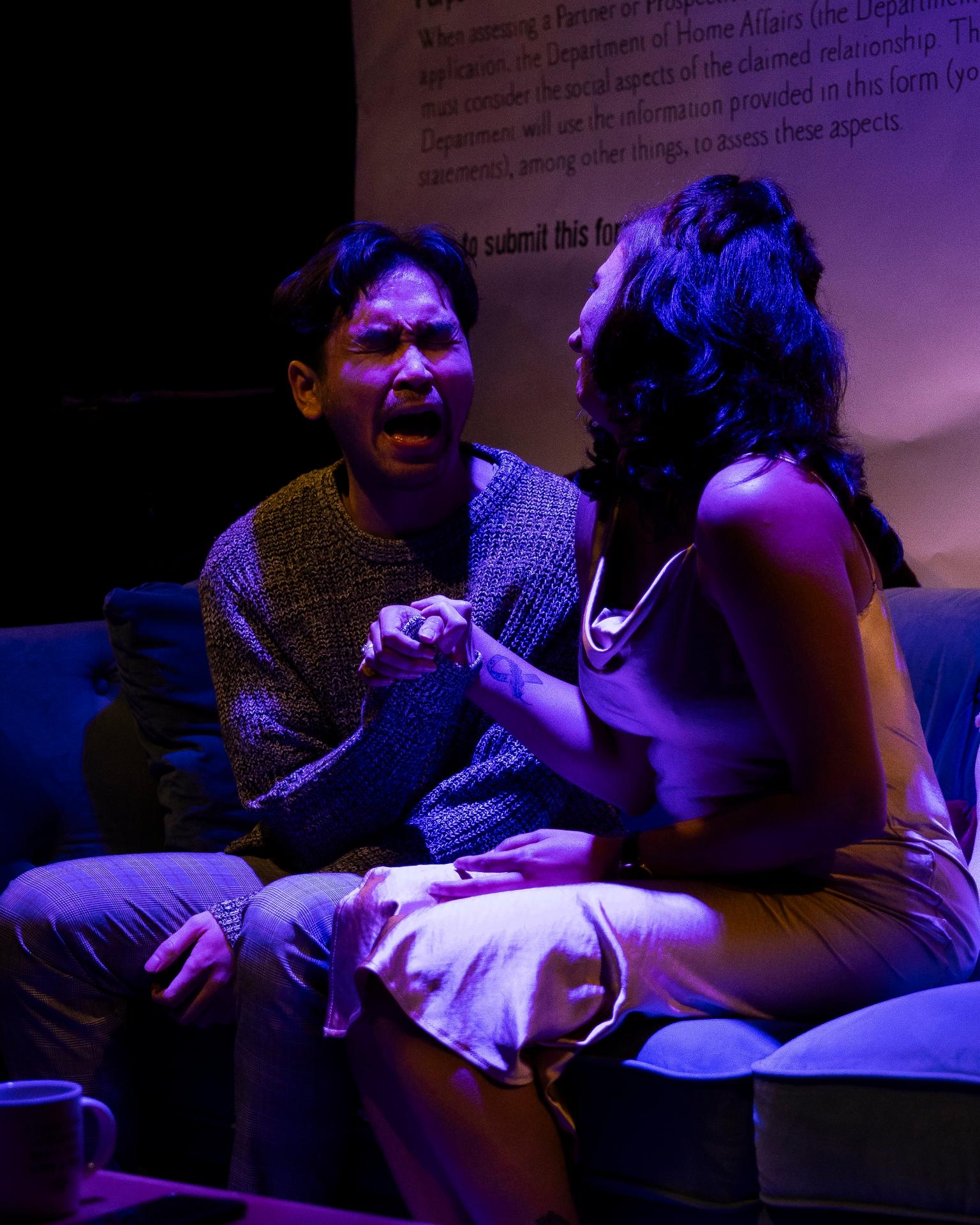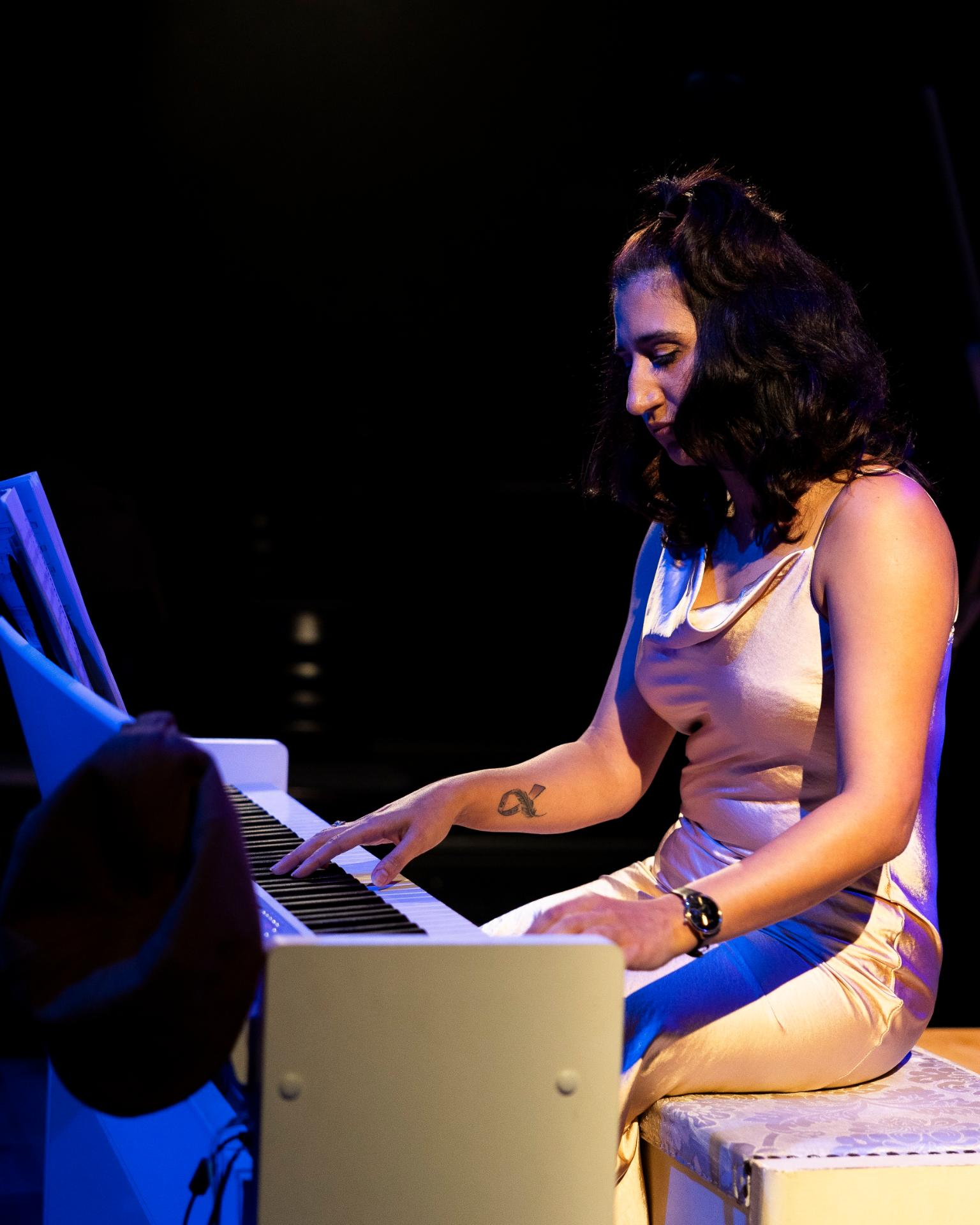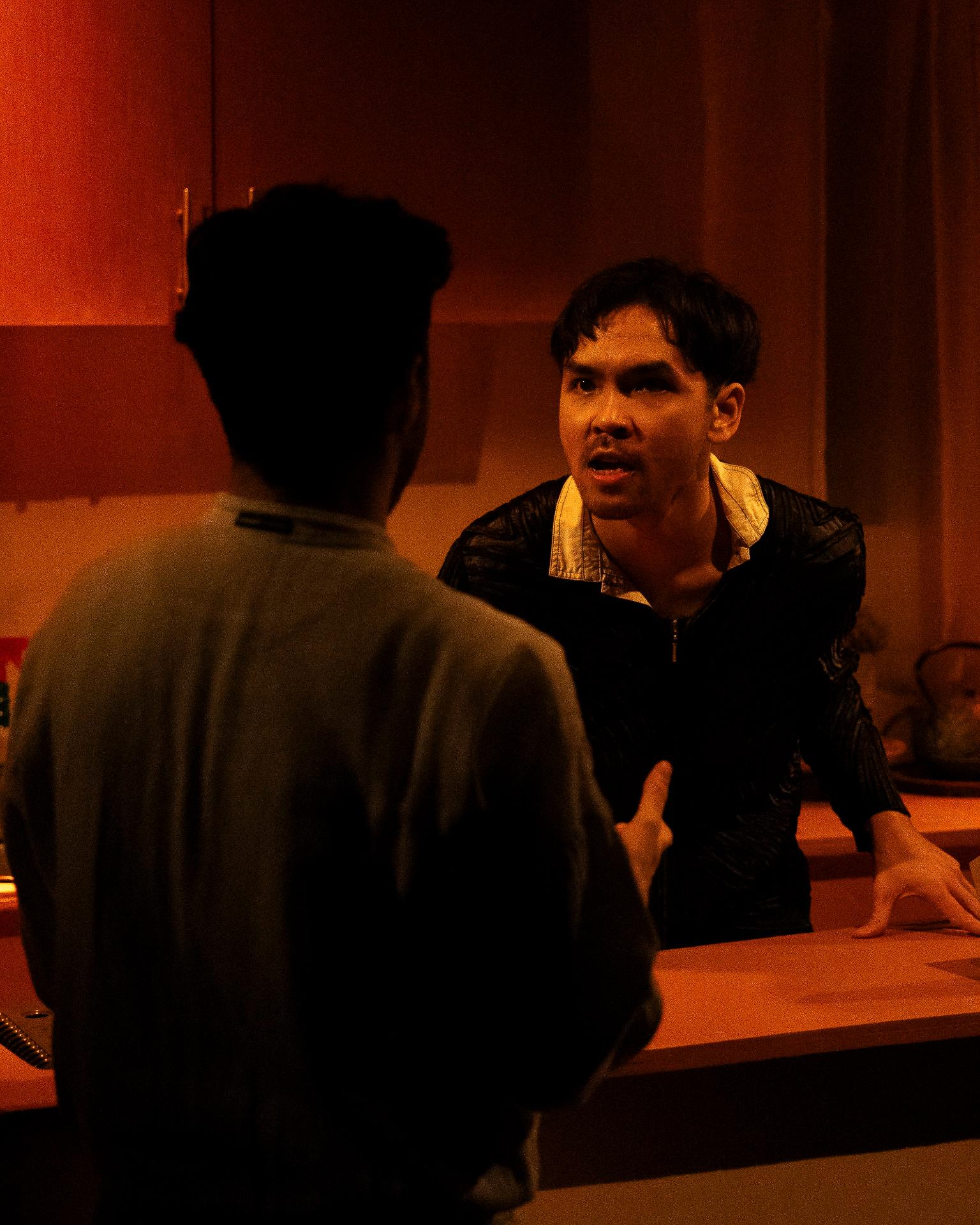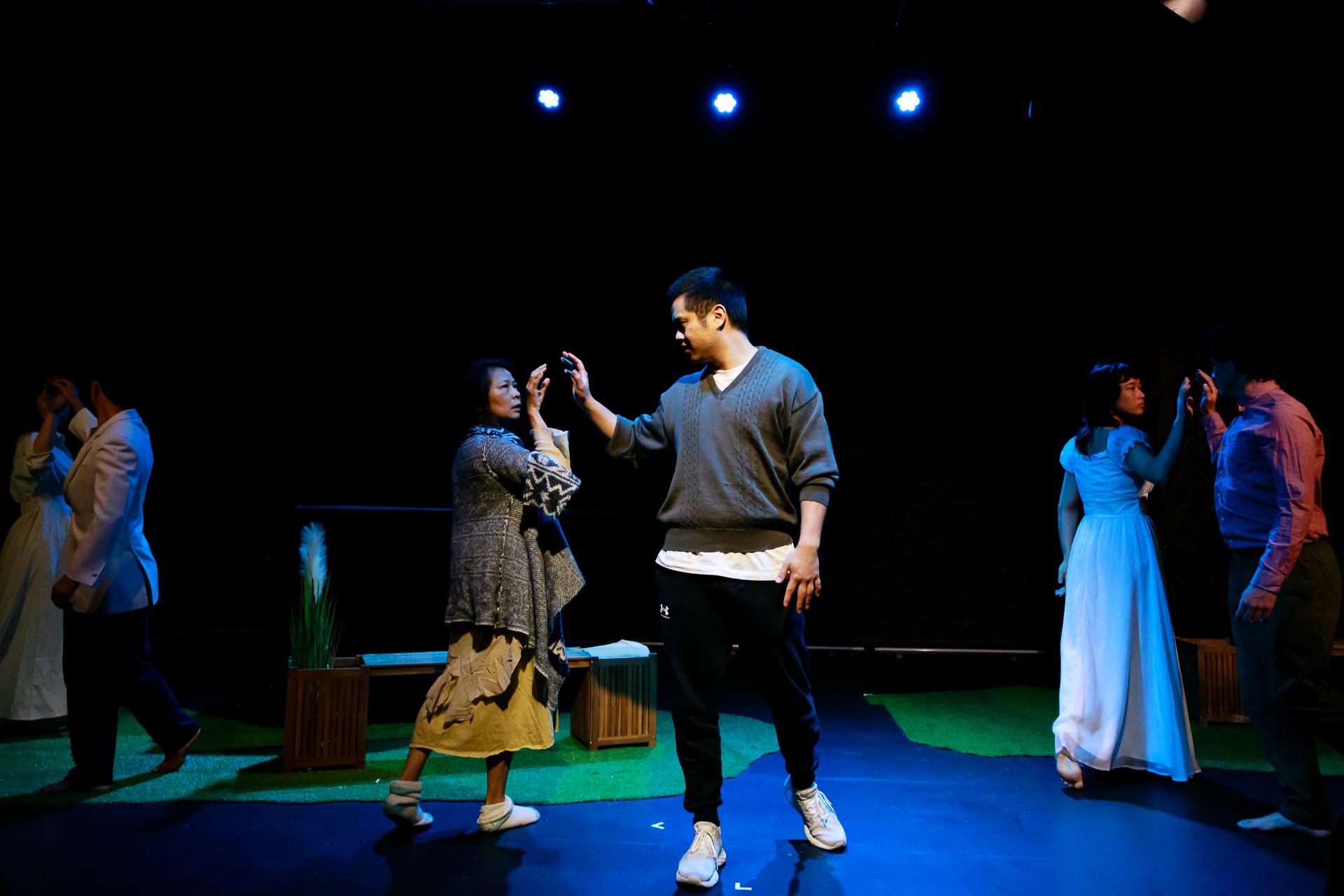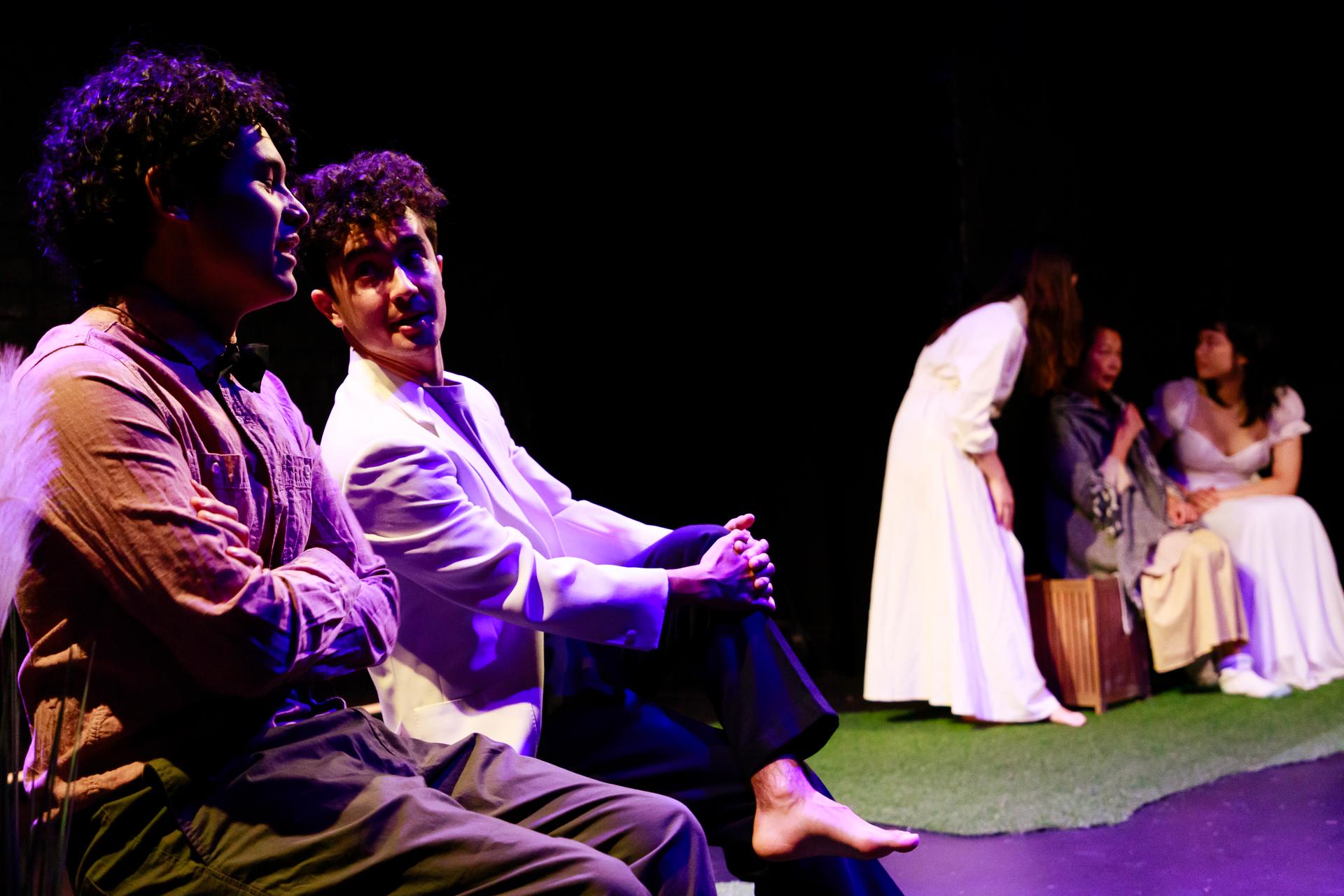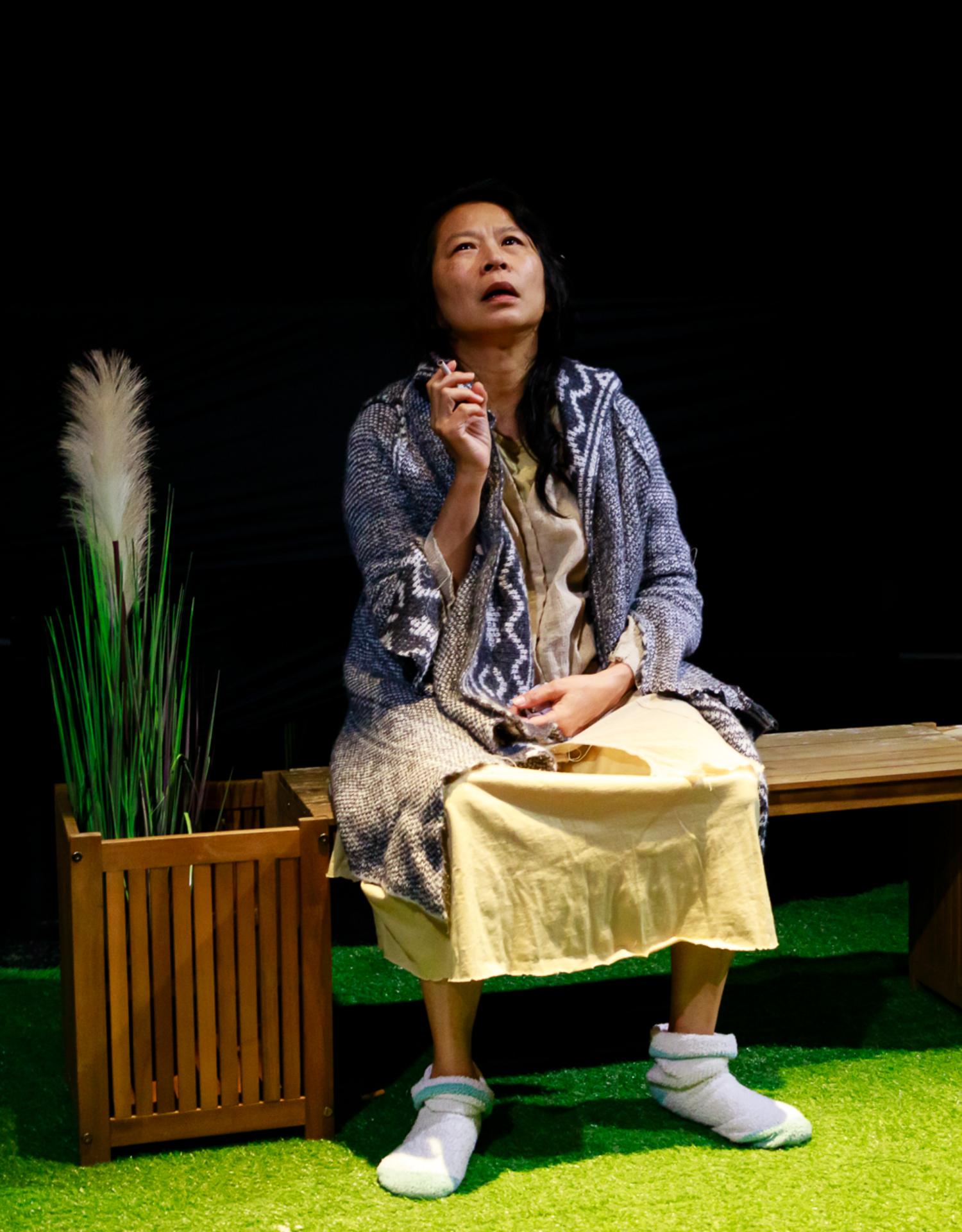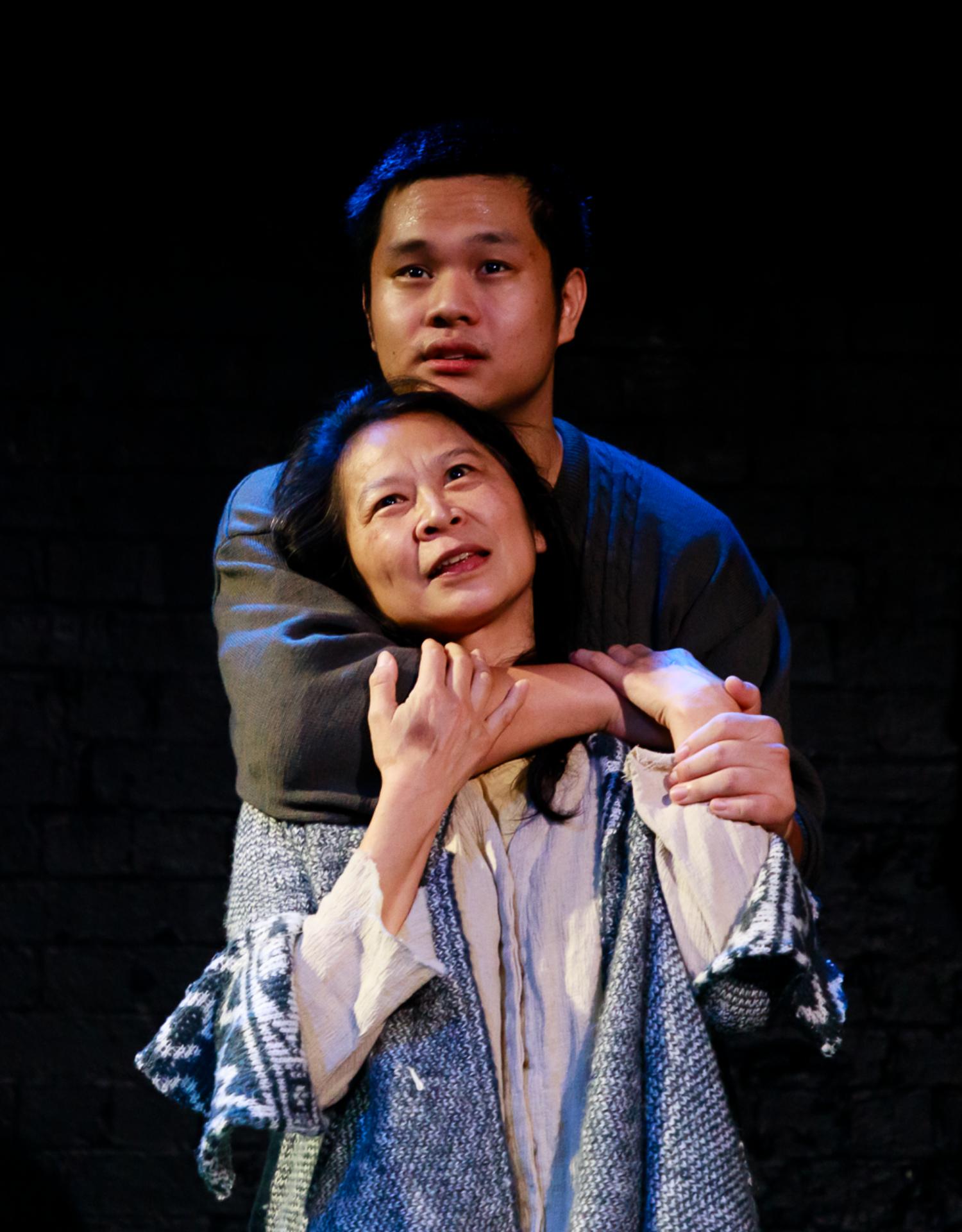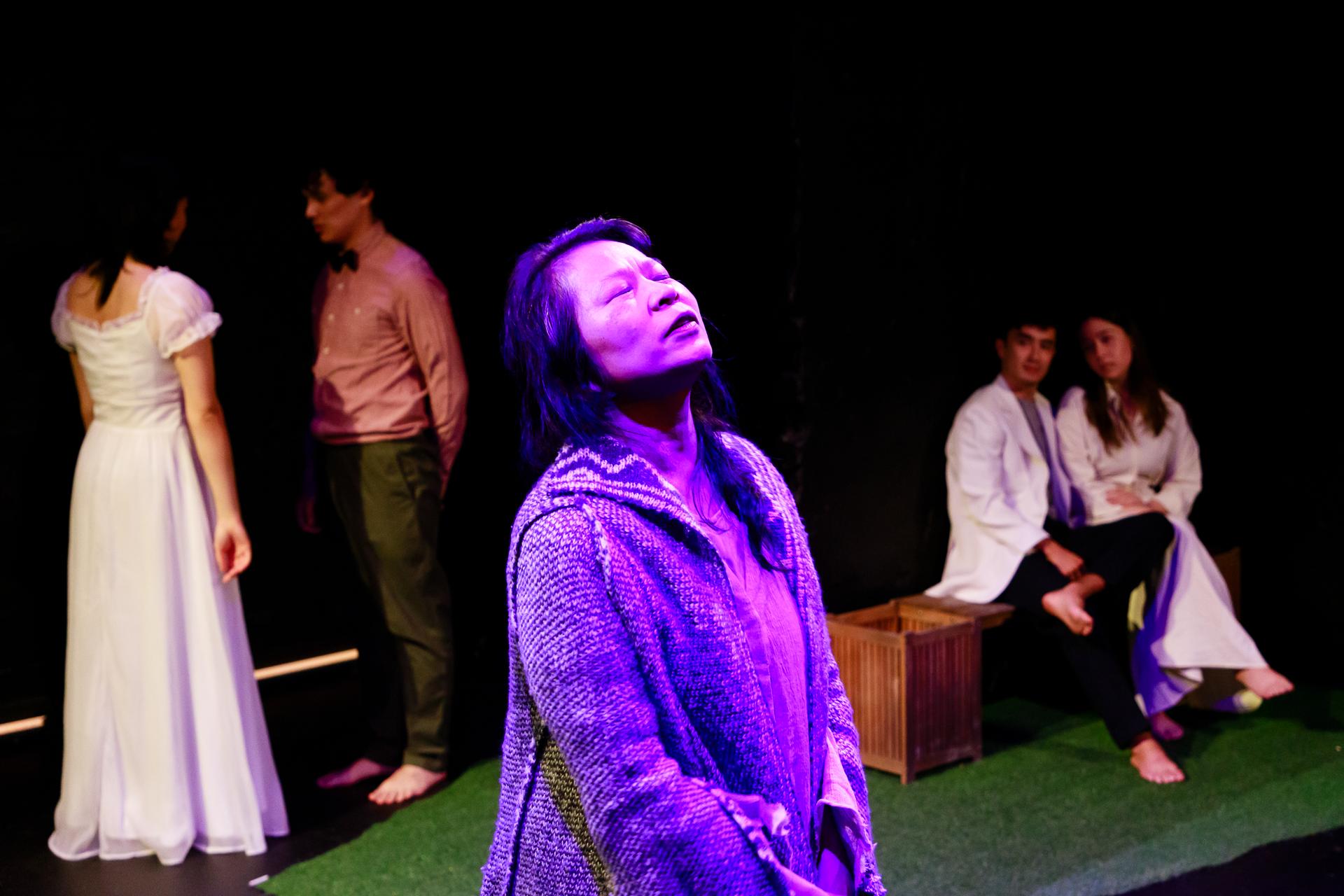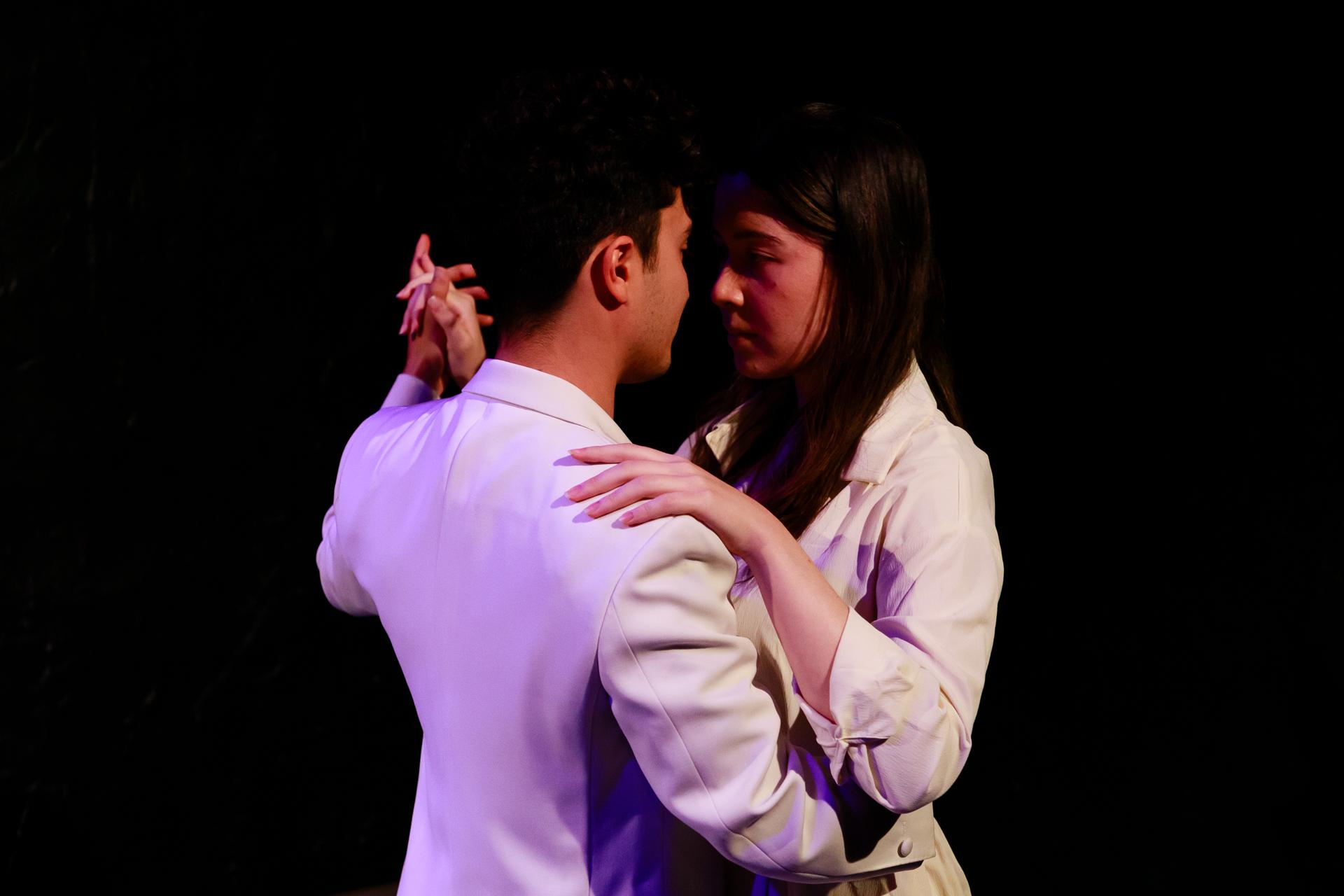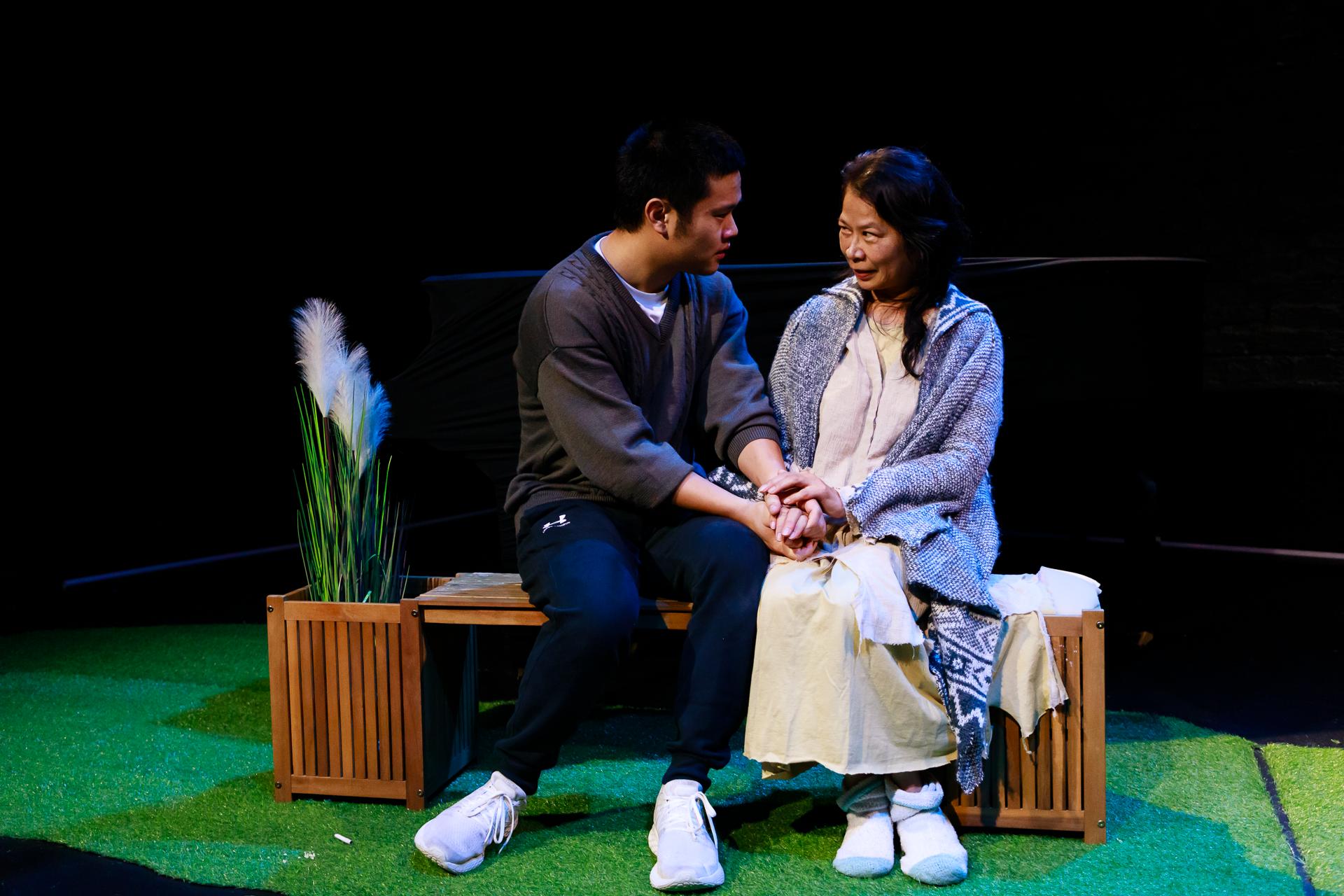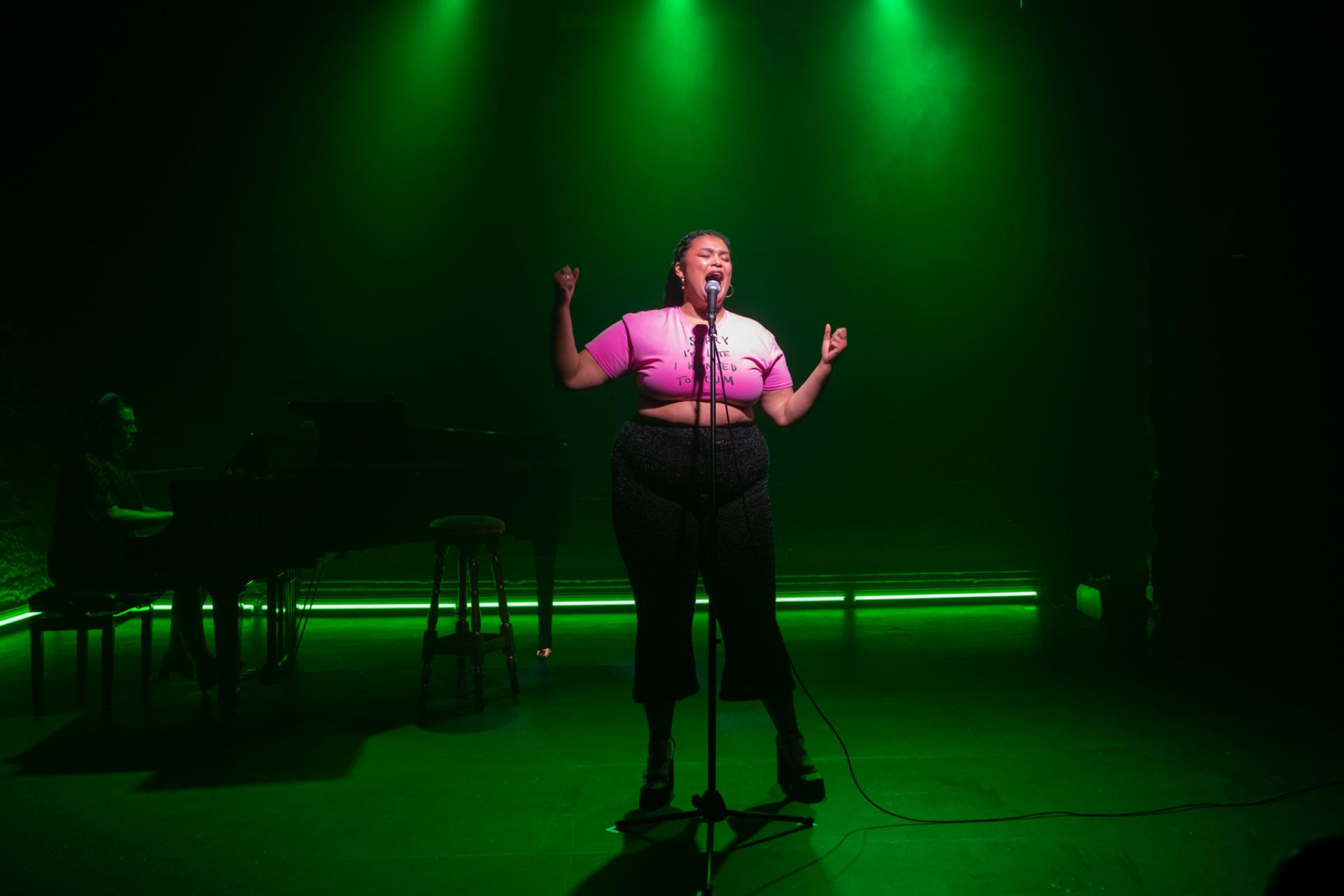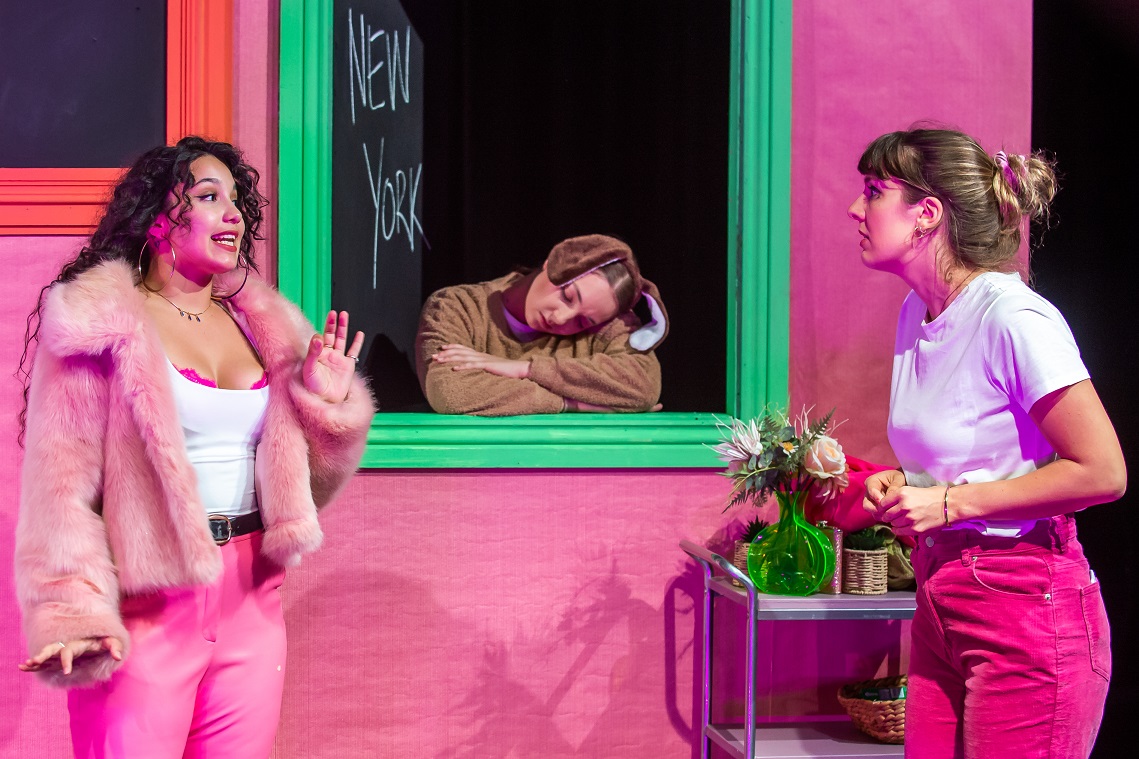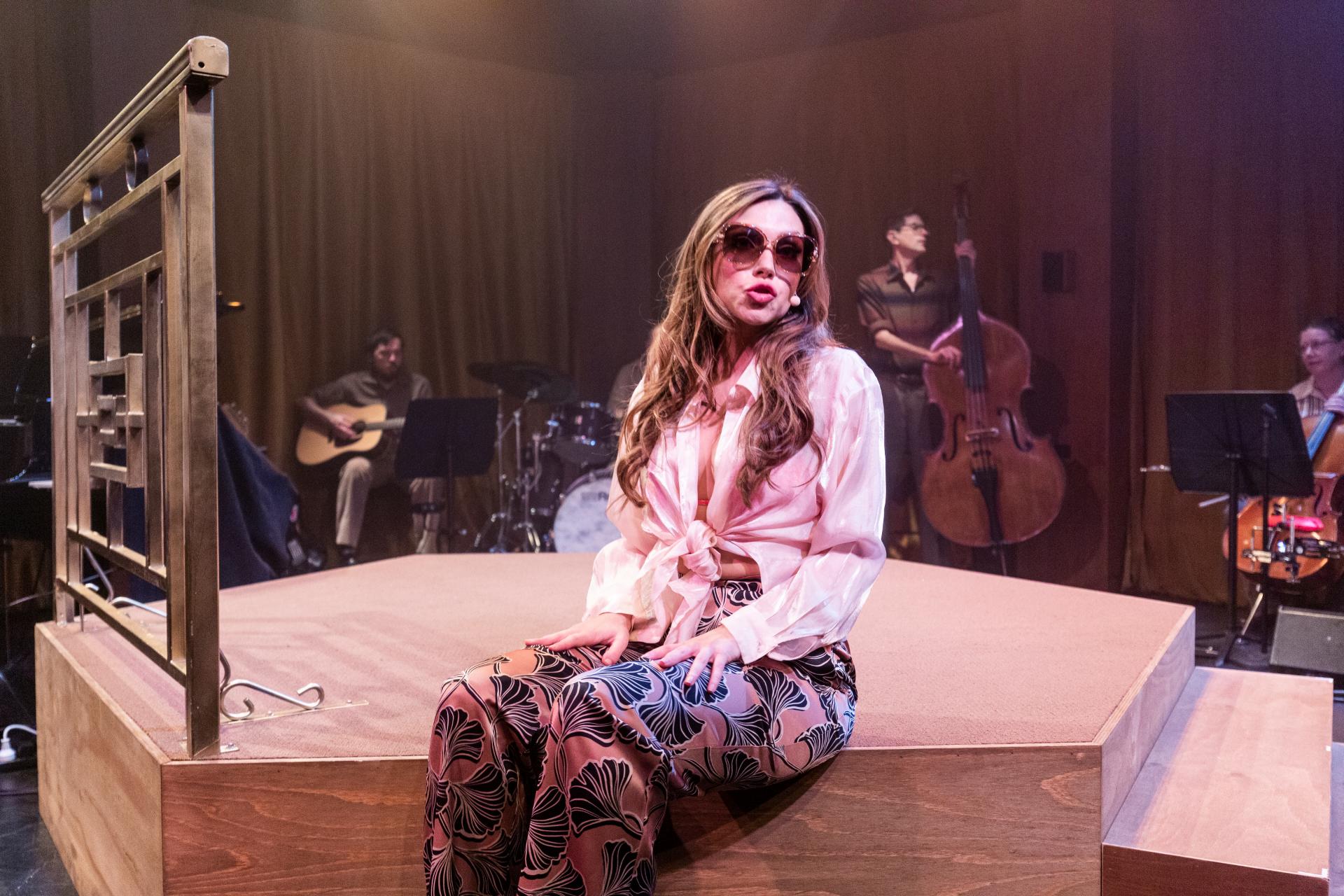

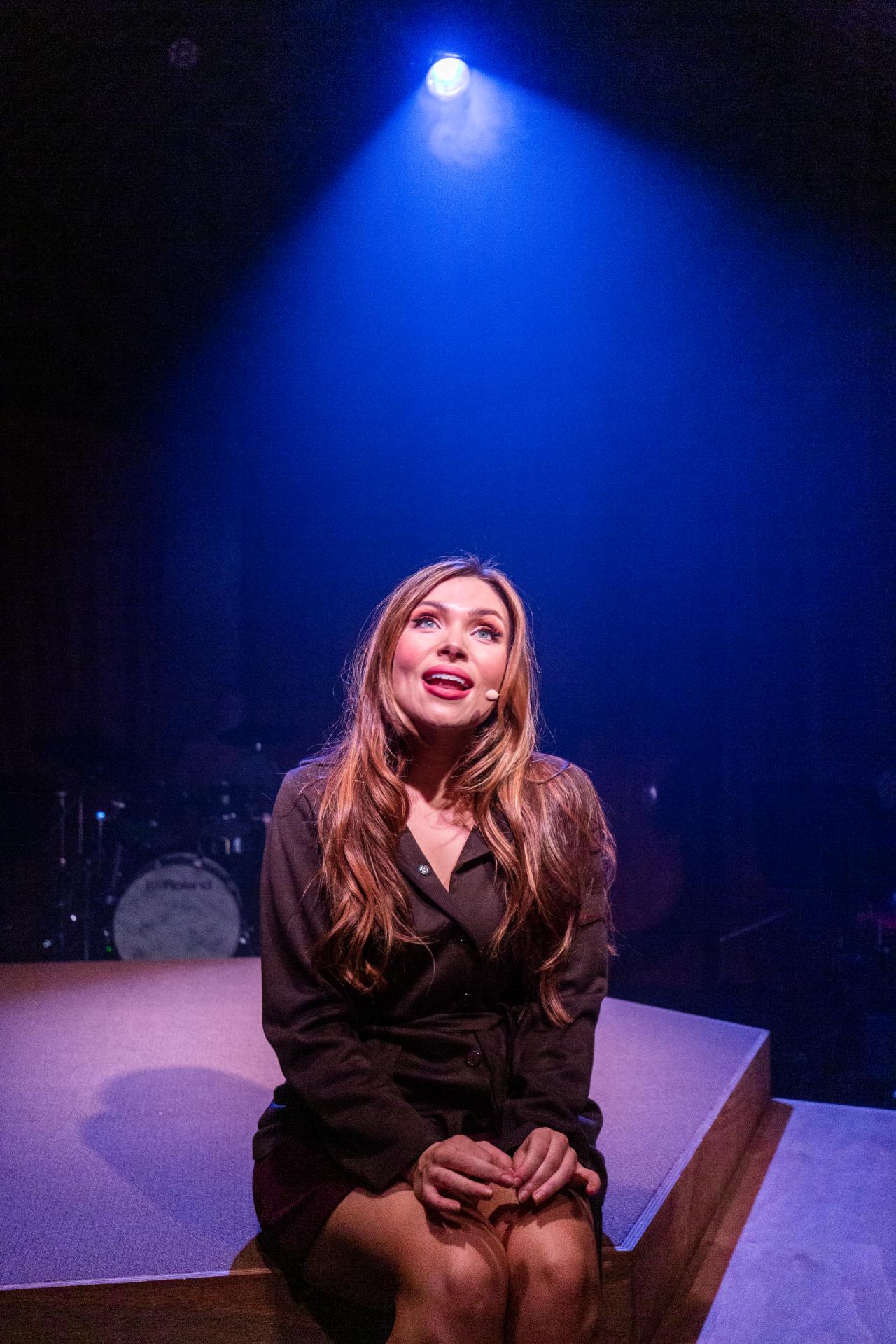
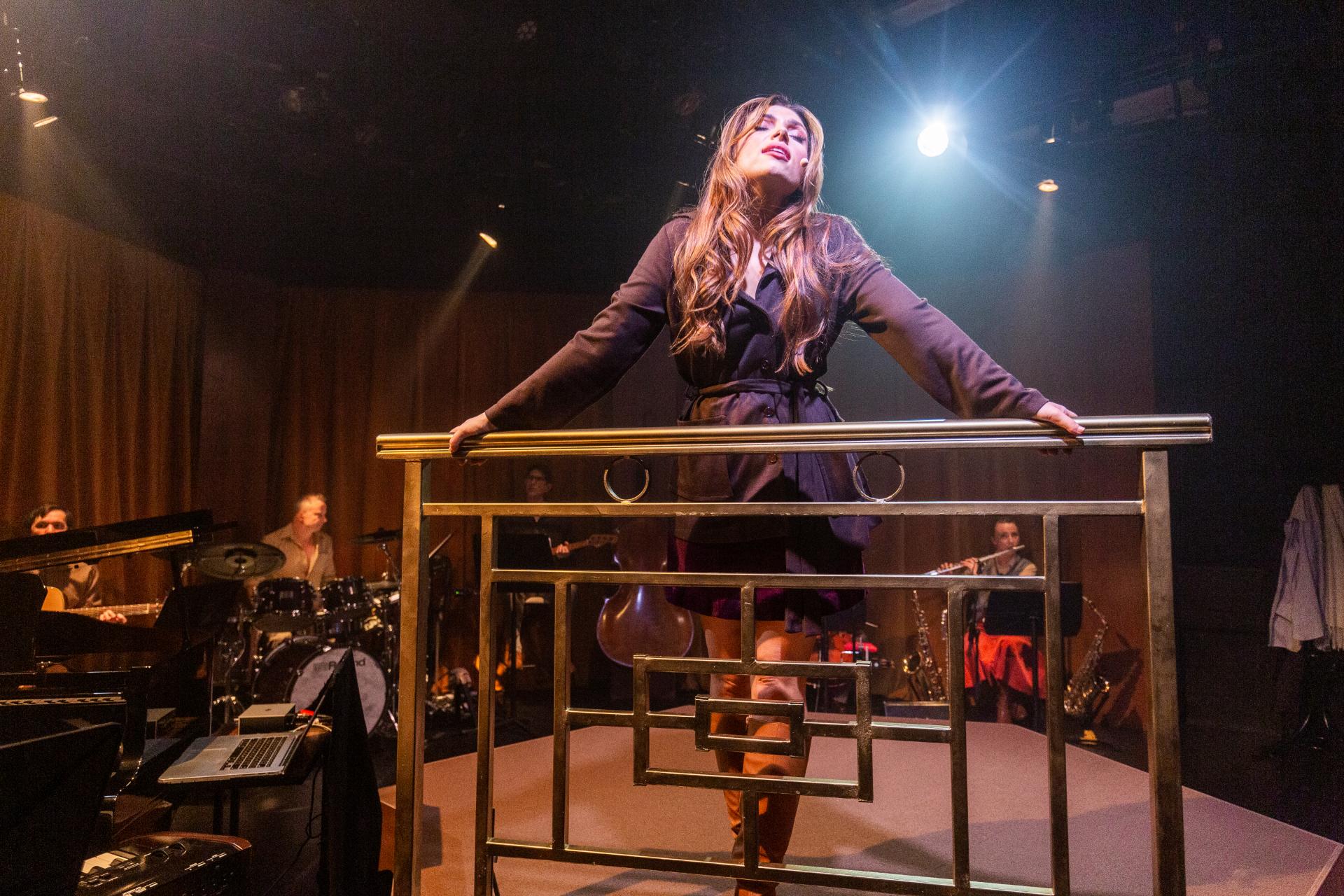


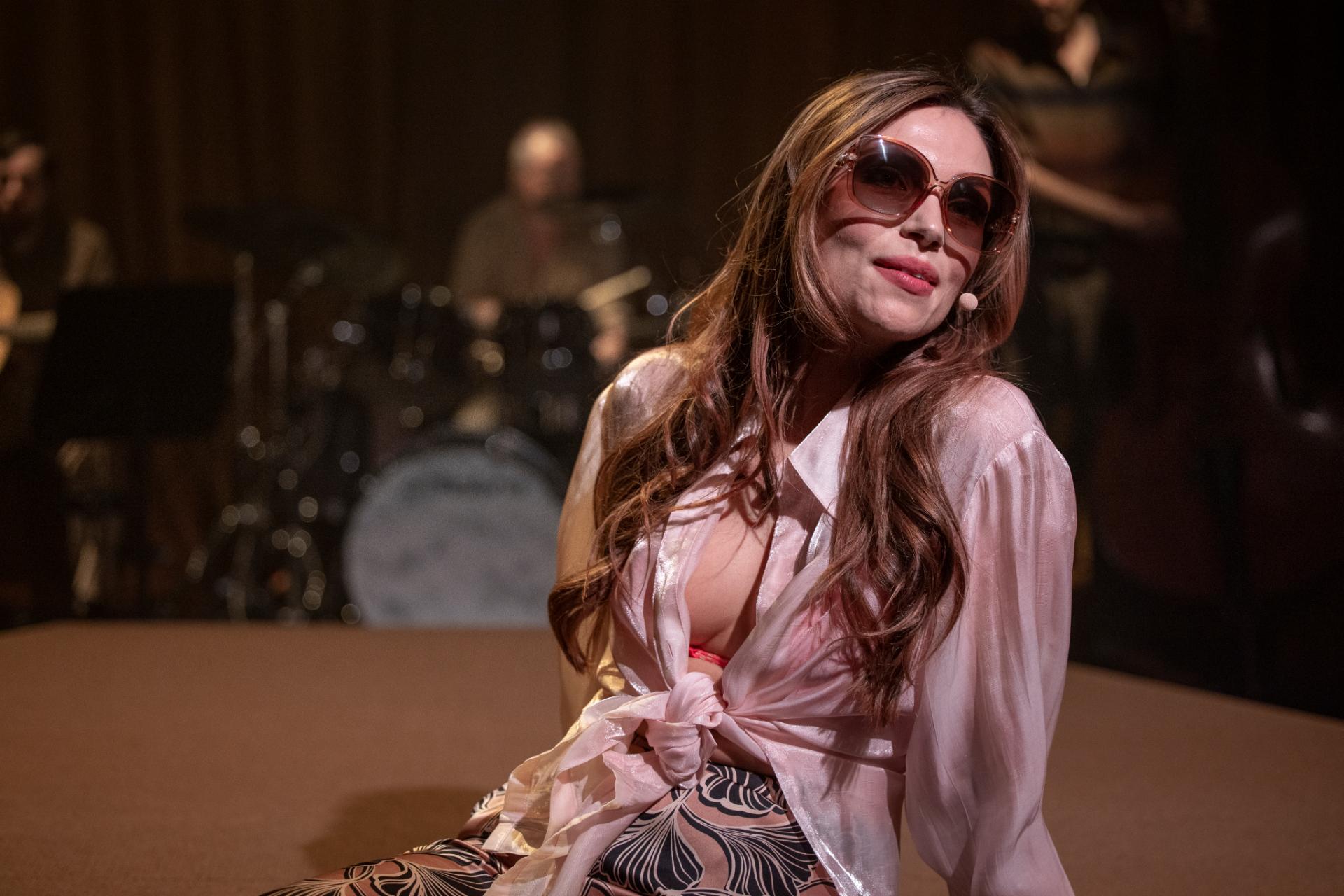
Venue: Hayes Theatre Co (Potts Point NSW), Apr 12 – May 5, 2024
Music: Andrew Lloyd Webber
Lyrics: Don Black
Director: Blazey Best
Cast: Erin Clare
Images by John McRae
Theatre review
There was a time, approximately half-a-century ago, when men would create shows about women who had no interest for anything else but love. They would dream up pretty young things who wanted nothing other than to find a man, presumably a specimen much like themselves. Andrew Lloyd Webber and Don Black’s 1979 creation Tell Me on a Sunday is a one-act song-cycle, that sees “the girl” wandering from England to New York and to Hollywood, just chasing candidates for marriage, presumably because for her to have any other purpose, would be terribly inconvenient. At just over an hour long, the pair clearly did not know much about the character they purport to represent, and although of brief duration, some might consider Lloyd Webber and Black’s show to be tiresome even before its halfway point.
In this 2024 iteration, direction by Blazey Best does accord “the girl” an attitude of gumption and vigour, she is certainly no shy retiring type, but it is nonetheless irksome to see her want nothing but to land a man. The songs are very much of that period, none of which are particularly catchy, although musical direction by David Gardos is notable for offering enjoyable nostalgia through his faithful renditions, of these compositions about missed opportunities.
Performer Erin Clare sings the score with precision and passion, and although motivated to bring a sense of integrity to the character she embodies, it is difficult to see her as anything but lost and excruciatingly misguided. Costumes by Ruby Jenkins are flattering, if not always accurate with the era being depicted. Lights by Kelsey Lee deliver sumptuous imagery, along with a sense of time’s passage, as we see “the girl” wasting her best years, running from one failed romance to another.
Even the love obsessed, must contend with the existence of other things, if only for survival. It can be true that a person like “the girl” did exist, especially at a time when we were determined to indoctrinate that being wife and mother, was the ultimate virtue. How we talk about women though, needs to be much more generous in scope. Not all women have to be ambitious, powerful, wise, or resilient, but we do need to make stories be about our agency and autonomy. In stories at least, we need to be able to put ourselves at our own centres.

